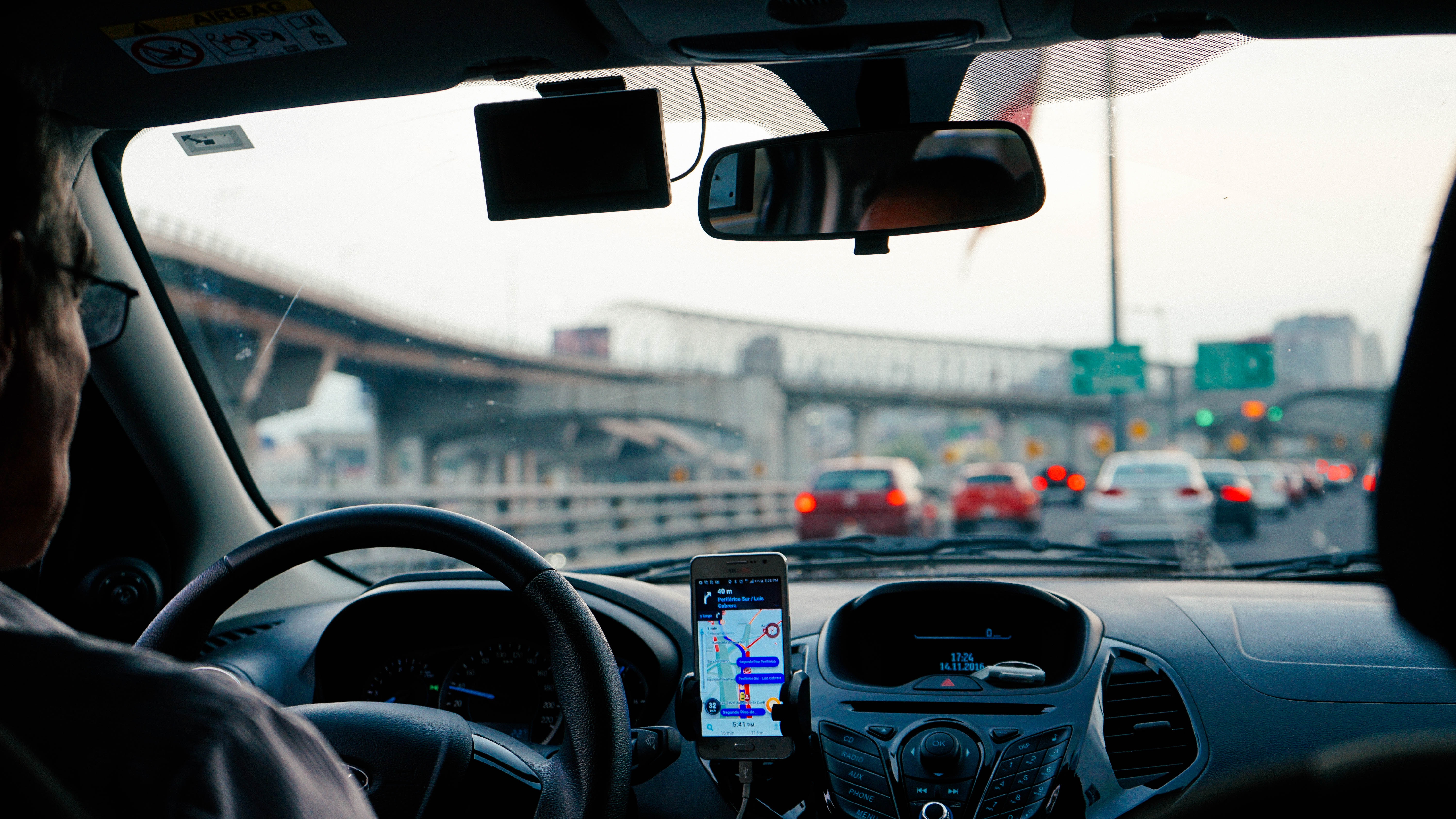
In August 2018, New York became the first major U.S. city to implement a cap on new rideshare drivers. The City Council intended to slow ride-hail companies’ rapid growth and study their role in aggravating downtown traffic. Later in February, Uber retaliated by filing a lawsuit to overturn the 12-month cap, claiming “The City made this choice in the absence of any evidence that doing so would meaningfully impact congestion.”
New York’s grapples with behemoth companies like Uber and Lyft reveal the significant impact rideshare has on city infrastructure. Residents have flocked to rideshare after Uber and Lyft launched in 2014: Uber gained a 275 percent increase in rider pickups between June 2014 and June 2015, according to software developer Todd Schneider.
Meanwhile, subway ridership has consistently dropped. Since 2014, annual subway trips have decreased across boroughs. According to the MTA, Manhattan subway stops experienced the sharpest loss, losing nearly 20 million trips between 2015 and 2017.


The cab industry has also faced the rideshare crunch. New York taxi drivers have suffered drastic economic losses as more customers switch over to ride-hailing apps, perhaps prompting a string of driver suicides. New York taxi medallion permits, worth $1 million in 2014, held a value of merely $170,000 in 2018.

New York City’s skewed ridership demographics
Not all residents use rideshare apps equally, however. A hedge fund manager living in Chelsea would probably opt for more Lyft trips than a restaurant server living in Brooklyn. Economic segregation across New York City likely dictates the neighborhoods where residents can afford to Uber — and which can’t.
In fact, New York City and its surrounding suburbs, including Long Island commuter towns, contain adjacent pockets of wealth and poverty. The 2018 New York City Mobility Survey asked residents about transportation habits along with socio-economic indicators and provided insight on citywide disparities.
For example, the average SoHo resident earns around the 97th percentile of overall city income (over $200,000 annually), while nearby Greenpoint, Brooklyn residents rank in the 12th percentile (earning around $65,000 annually.) Compared to the high-income hotbeds of downtown Manhattan, Bronx residents ranged everywhere between the 1.7th and 75th income percentiles.

New York City home prices also illuminate side-by-side economic inequalities. Tribeca boasts particularly striking home prices: the average Tribeca home went for nearly $7 million in 2018, according to Zillow data. Meanwhile, the nearby West Village and East Village held respective averages of about $1,600,000 and $1,100,000. An hour-long subway trip away, average West Bronx homes cost under $400,000.

How class may influence rideshare use
Just as income varies widely among New York neighborhoods, so do transportation habits. The city's 2018 Mobility Survey asked residents about their preferred modes of travel, including ride-hailing apps and the subway.

Majority subway-going zip codes seem evenly distributed with fewer gaps than rideshare users, who appear to live in clusters: over 80 percent of residents in Chelsea, Gramercy Park, Murray Hill and the East Village said they use ride-hailing apps. The same pattern in the wealthy Upper East Side. This statistic fell under 50 percent in areas with comparatively lower incomes like Midtown, parts of the Bronx, and outer Queens.


Though wealthier areas had far more rideshare users in general, the frequency of use didn’t seem to align with neighborhood wealth. Respondents chose between ‘several times a week’, ‘once a week’, ‘a few times a month’, ‘once a month’, ‘a few times a year’ and ‘less than a few times a year.'
Although the majority of residents in certain areas said they never use rideshare, some of their neighbors probably rely on it often. The highest-frequency zip codes averaged around ‘several times a week’ which may suggest that a significant amount of people use Uber, Lyft or other rideshare apps nearly every day.
Some of the city’s highest averages occurred in Queens’ Kew Gardens and Jamaica, as well as the Bronx’s Wakefield and Woodlawn. Surprisingly, these high-frequency zip codes’ average incomes fall far below Manhattan’s mega-rich (ranging between about $50,000 and $80,000.) Insufficient public transit throughout the outer boroughs may explain this phenomenon — but that’s a topic for a different article.